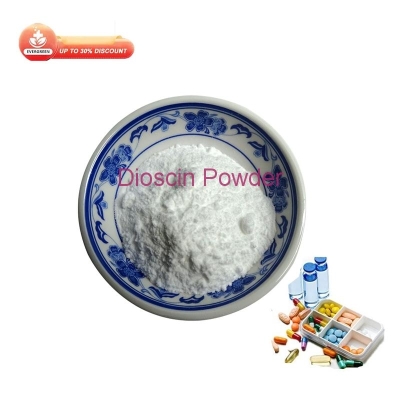-
Categories
-
Pharmaceutical Intermediates
-
Active Pharmaceutical Ingredients
-
Food Additives
- Industrial Coatings
- Agrochemicals
- Dyes and Pigments
- Surfactant
- Flavors and Fragrances
- Chemical Reagents
- Catalyst and Auxiliary
- Natural Products
- Inorganic Chemistry
-
Organic Chemistry
-
Biochemical Engineering
- Analytical Chemistry
- Cosmetic Ingredient
-
Pharmaceutical Intermediates
Promotion
ECHEMI Mall
Wholesale
Weekly Price
Exhibition
News
-
Trade Service
Ranimustine is a synthetic chemical compound that is primarily used as a fungicide and bactericide in various industrial and agricultural applications.
The production process of ranimustine involves several steps, which are described below in detail.
Step 1: Raw Material Preparation
The production of ranimustine begins with the preparation of raw materials.
The key raw materials used in the production of ranimustine include n-butyl chloride, sodium hydroxide, and ethyl 3-nitropropionate.
These raw materials are procured from reliable suppliers and are thoroughly checked for quality before being used in the production process.
Step 2: N-Butylation
The next step in the production of ranimustine is n-butylation, which involves the reaction of n-butyl chloride with a suitable catalyst.
The reaction occurs in the presence of a solvent, such as ether or hexane, to produce n-butyl alcohol.
The reaction is carefully monitored to ensure that the temperature and pressure are maintained within the appropriate range.
Step 3: Sodium Hydroxide Treatment
After the n-butylation process, the resulting n-butyl alcohol is treated with sodium hydroxide to produce the appropriately charged nitrogen atom.
The treatment involves the addition of sodium hydroxide to the n-butyl alcohol in the presence of a polar solvent, such as water or acetone.
The reaction is exothermic, and the temperature is carefully controlled to prevent excessive heating.
Step 4: 3-Nitropropionate Esterification
The next step in the production of ranimustine is the esterification of ethyl 3-nitropropionate with n-butyl alcohol.
This reaction involves the use of a suitable catalyst, such as sulfuric acid or zinc chloride, and is carried out in the presence of a solvent, such as acetone or ether.
The reaction is carefully monitored to ensure that the temperature and pressure are maintained within the appropriate range.
Step 5: Cooling and Neutralization
After the esterification process, the resulting mixture is cooled to allow the catalyst to settle out.
The catalyst is then removed by filtration, and the filtrate is neutralized with sodium bicarbonate.
The resulting solution is then extracted with a solvent, such as ethyl acetate, to separate the organic phase from the aqueous phase.
Step 6: Distillation
The organic phase is then transferred to a distillation column, where the solvent is separated from the Ranimustine by distillation.
The distillation process is carefully monitored to ensure that the temperature and pressure are maintained within the appropriate range.
The resulting pure Ranimustine is collected and stored for further use.
Quality Control Measures
The production of ranimustine requires strict quality control measures to ensure that the final product meets the required specifications for purity, stability, and efficacy.
The quality control measures typically include the following steps:
- Raw material verification: All raw materials used in the production of ranimustine are thoroughly checked for quality and purity before being used in the production process.
- Intermediate product testing: The intermediate products are tested at various stages of the production process to ensure that they meet the required specifications.
- Final product testing: The final product is tested for purity, stability, and efficacy before being released for sales or use.
- Microbiological testing: The final product is tested for the presence of microbial contaminants, including bacteria, fungi, and mold.
- Chemical analysis: The final product is analyzed for its chemical composition, including the presence of impurities and degradation products.
Conclusion
Ranimustine is an important fungicide and bactericide that is widely used in various industrial and agricultural applications.
The production process of ranimustine involves several steps, including the preparation of raw materials, n-butylation, sodium hydroxide treatment, 3-nitropropionate esterification, cooling and neutralization, and distillation.
The production process







